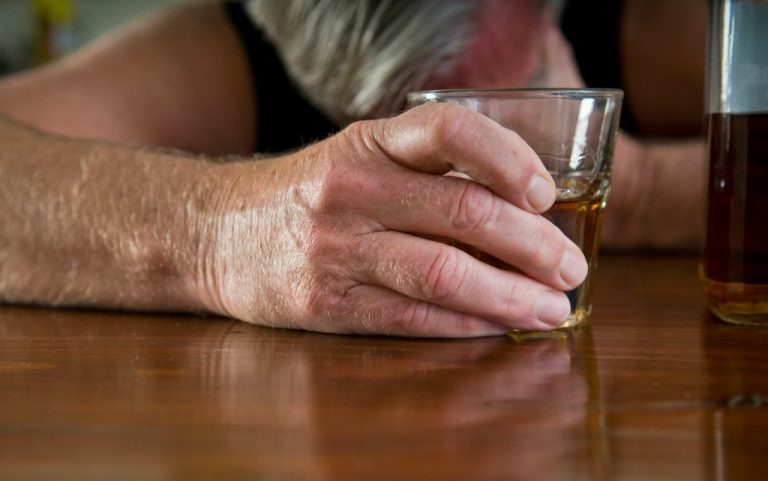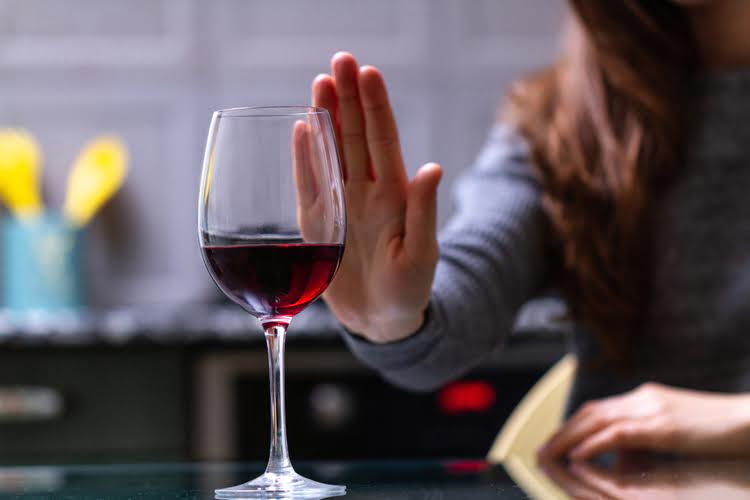Content
Living with someone who has substance use disorder can be difficult, and also create changes in your relationship. Although recovery is positive for the whole family, it may not be as idyllic as you hope. Addiction affects the entire family, including you. Consider seeking mental health support for yourself. A therapist can help you learn more about the role you may have played in a codependent relationship and learn healthier patterns. It’s beneficial for you to learn about substance use disorder, including how it affects both your partner as well as yourself.
The first step may be to consider self-knowledge, truthfulness, and other building blocks on the road to personal growth. This website is using a security service to protect itself from online attacks. The action you just performed triggered the security solution. There are several actions that could trigger this block including submitting a certain word or phrase, a SQL command or malformed data.
Reasons Being Sober Makes Your Life Better
I am very happy and grateful to be two years sober, but I wish I’d known then, what I know now. It’s much easier to stay financially fit when you’re sober. Besides saving all that money in the first place, you’ll be in a better state of mind to make good financial decisions. And having that extra cash opens up a whole world of new opportunities – you could decide to save for a house, take a vacation, or go back to school, for example. It’s easy to down a lot of empty calories with just a few drinks. Combine the calories in alcohol with the aforementioned junk food cravings and you’ve got a recipe for weight gain.
Or maybe those crotchety old-timers like to complain about life. Or the newcomer has unrealistic expectations and judges others unfairly. Acceptance of one another and each individual’s right to walk her own path is the solution. No matter https://ecosoberhouse.com/article/you-are-not-powerless-over-alcohol-and-heres-why/ how much your family begs you or how many times you get arrested, you will need to want to stay sober more than you want to drink. CBT is the practice of tracing our thought patterns. We may not know it, but our brains are very malleable.
The partner who has a substance use disorder
Be curious, be patient, and remember you don’t have to do it alone. If you are curious about changing your relationship with alcohol, I created this free 30-Day toolkit to help you cut down on drinking. It really does not matter whose voice it is; part of us often feels that our freedom is under attack, which leads to an instinct to restore that lost sense of freedom. Alcohol use can sometimes complicate depression treatment. If you drink regularly to manage depression symptoms, it may have be beneficial to work with a therapist who specializes in treating co-occurring depression and alcohol use. Some people never notice feelings of depression — or any negative effects at all — after drinking moderately.
- It is uncertain whether one causes the other, however, both can contribute to the origination, and maintenance of the other disorder.
- It is an awkward, vulnerable dance between two awkward, vulnerable humans.
- I structured my class schedule so as to not interfere with my alcohol and drug use, incorporating a large break between morning and late afternoon classes in which I could get all my studying done.
- I always wanted to hang out with my two older brothers, as there were few kids my own age in the area.
- If you are curious about changing your relationship with alcohol, I created this free 30-Day toolkit to help you cut down on drinking.
- Drunk me didn’t worry if she belonged, or said the right thing, or had to have small talk because drunk me just handled that.
Sobriety can be an incredible way to shed relationships you’ve outgrown as well as find new ones that align with your new values. This isn’t to say that all of your friends will be threatened, or that all of your friendships will change. Some will certainly remain, but even those aren’t necessarily long-game friendships. Sobriety is kind of like the fast-pass line at Disneyland, except the ride is growing up. As with most problems, the solution is as difficult or as simple as we make it. Sometimes, consider how your behavior has affected others.
Your relationships get stronger.
The person who posed the question felt she had been misled. She believed that, even after decades of recovery, some people were “still messed up and acting out their issues.” If you think you know best and if you are closed-minded, you won’t stay sober. You may get sober for a short time, but eventually your own mind will convince you that you were right all along.

Drinking and drugging take up a lot of time and energy. You have to spend time acquiring your substance of choice, using it, and then recovering from its effects. You can use it to work on your hobbies, learn new skills, being sober sucks spend time with your loved ones, work out, or anything else you please. Let’s pretend that you are drunk or high or in withdrawal. You’re family members and loved ones are crushed from what they are witnessing.
Recovery from addiction isn’t just the absence of substances, but rather a way of life. When using and drinking are someone’s entire way of life, they will absolutely need a new lifestyle to replace that one when they decide to get sober. Otherwise, the pain, fear, and emptiness that prompted the abuse of drugs and alcohol returns, and the individual ends up suffering through abstinence or returning to their addiction. For many people who suffer from addiction, drugs and alcohol are temporary “solutions” to these problems, before they become bigger problems themselves.
- Even if you don’t tend to black out under the influence, alcohol and drugs can make your memory foggy and unreliable.
- This can be disruptive, even if the change made was positive.
- I began hiding bottles in the garage and under the seat of my car so I always had access to alcohol.
I’ve lost a good portion of my friends and dating has been near impossible because I live in the city and most girls want to go out for drinks. I made a list of what positives I got out of sobriety and the only things were no hangovers and doing a better job at work. Those who have been invested in AA swear these promises are realized. Many newcomers wonder how long-time members can make these claims when sober members are still acting out. Join Recovery Connection in celebrating your recovery with our sobriety calculator.
I vividly recall the disappointment I felt when my grandma told me I could not have ice cream all day. If you are trying to cut down on alcohol, you may relate. While that may be the case for some, it’s also nothing like that for many others, and I exist in these “others” category. It’s fairly common to feel a little low after drinking.








